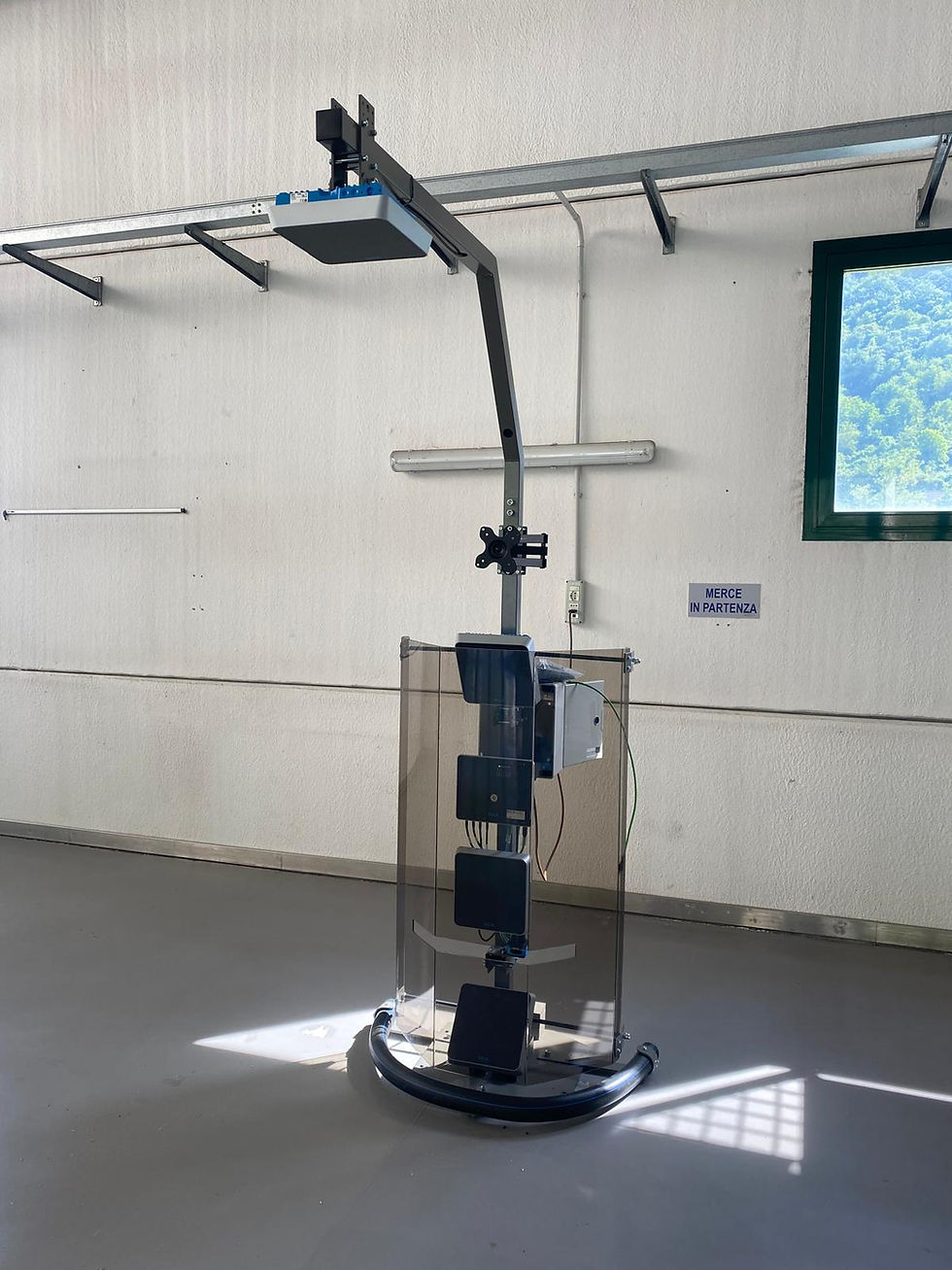Identify and map the value stream
- Csolutions
- Aug 5
- 3 min read
Map the value stream automatically.
Value must be defined from the customer's point of view.
Value is what the customer is willing to pay for. It includes factors such as product quality, order completeness and accuracy, speed and punctuality of deliveries, and price. From this perspective, it is easy to see how many activities carried out in production, such as unnecessary movements due to sub-optimal layouts, waiting times, excess or shortage of stock, represent a waste of resources. Not only do these activities fail to create added value, but they also undermine the value of the product delivered to the customer.
Once the concept of value has been correctly defined from the customer's point of view, the next step is to map the flow of activities necessary to produce and deliver a product. These activities can be classified into three groups:
Value-added activities: they create value for the customer.
Indirect value-added activities: they do not add value directly, but enable those that do.
Non-value-added activities: they do not contribute directly or indirectly to value creation.
The first should be optimised, the second minimised and the third, if possible, eliminated.
This is where RFID technology comes into play, offering the possibility of making value visible in production processes. It is possible to map the flow of products in progress, monitor waiting times between processes, keep track of the various movements of forklifts and locate tools instantly. Mapping value directly in the field, with managers with stopwatches in hand observing workers, can alter the course of operations. The risk is that you end up with a snapshot of the situation that does not represent normal operating conditions when managers are not on the floor. RFID technology eliminates this risk by allowing accurate data to be collected automatically. This data forms the basis for identifying and optimising value-added activities, reducing waste and, ultimately, delivering more value to the customer.
Collecting data in the field without interfering with behaviour or creating stress for workers is essential. RFID technology allows this information to be obtained automatically, providing a solid basis for optimising value-added activities and reducing waste.
How can production inefficiencies be made visible?
Analysing the data collected by the RFID tracking system allows for more efficient production, both at an operational and strategic level.
Operational level: data that streamlines production
RFID technology makes it possible to:
Identify bottlenecks and consequently redesign the production layout.
Avoid stockouts through real-time management of inventory and production progress.
Analyse the times of the various processing stages and waiting times to increase productivity.
This technology provides a clear view of operations, identifies the causes of quality issues and uncovers potential areas for improvement.
Strategic level: real-time planning and monitoring
Access to historical and real-time data allows managers to
Monitor KPIs at all times, even remotely.
Make strategic decisions to optimise processes.
Plan more efficient production and document operating procedures.
Identify bottlenecks.
Redesign the production line layout.
Avoid stockouts.
Thanks to this technology, data becomes the driving force behind continuous improvement.
How much are manufacturing defects costing your company?
Having to recall a defective product inevitably results in high costs, possible penalties and significant damage to the company's reputation. Reducing defects in production is a priority for all companies.
Thanks to RFID technology, it is possible to accurately track each component or production batch, quickly identifying the products actually involved in an anomaly.
This allows for targeted intervention, avoiding the recall of entire batches and reducing waste and costs.
Detailed traceability is essential for identifying the source of the problem, whether it is due to defective material or machine malfunction. Quickly identifying products and production batches allows you to make fast and targeted decisions.
A product recall not only affects costs, but also market confidence.
For this reason, the ability to narrow the scope of recalls is a strategic advantage.
RFID traceability allows you to accurately identify any defective products, reducing the impact on business operations.
How does your company manage the costs associated with manufacturing defects?
An RFID system could make all the difference: thanks to a traceability system based on RFID technology, companies can accurately identify the products involved in the event of defects or non-conformities.
An investment that makes a difference in terms of efficiency and reliability.



Comments